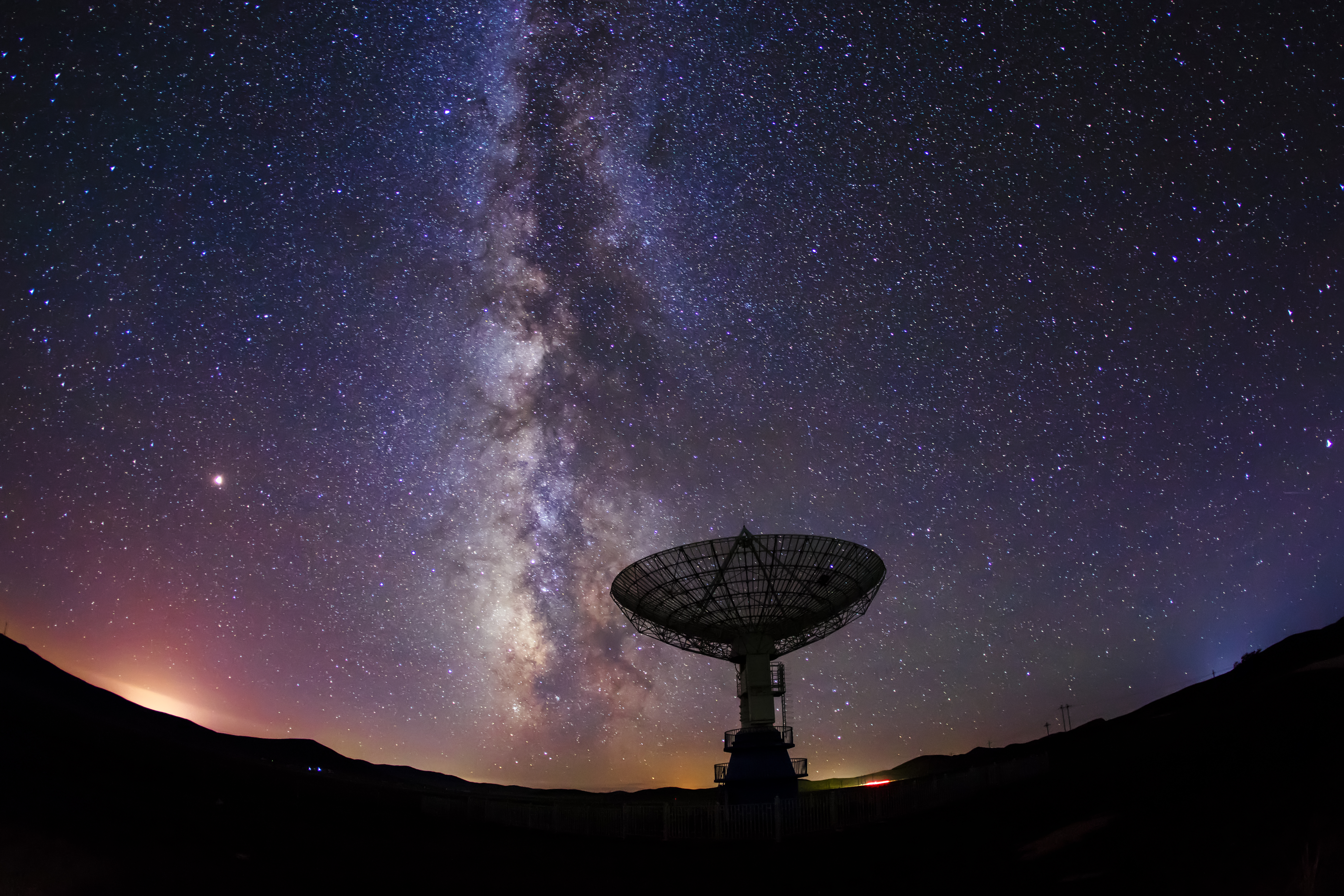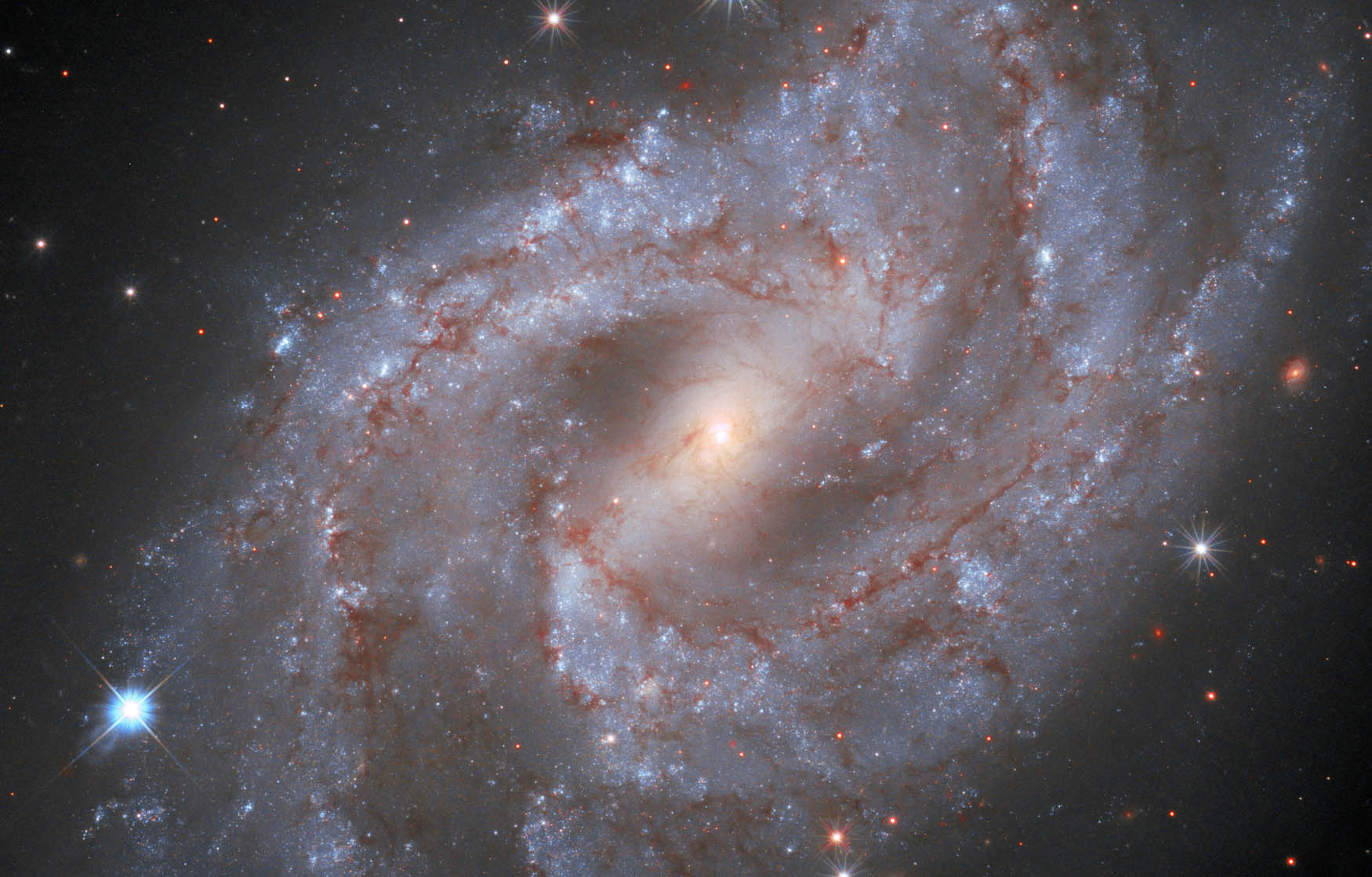Scientists have discovered the largest known galaxy ever. The new discovery is located around 3 billion light-years away. The galaxy, which is named Alcyoneus, is a giant radio galaxy. The galaxy is roughly 16.3 million light-years long. For reference, our own galaxy measures under 106,000 light-years. That makes Alcyoneus roughly 153.77 times longer than the Milky Way.
Alcyoneus is the largest known galaxy in the universe

Giant radio galaxies like Alyoneus are yet another mystery that we have yet to solve. This massive galaxy, and many like it, contain a host galaxy, as well as massive jets and lobes that erupt from the center of the galaxy. Scientists believe that these jets and lobes are a byproduct of an active supermassive black hole at the galaxy’s center. As such, these massive galaxies are some of the most intriguing we’ve discovered in space.
Despite the size of Alcyoneus, the type of radio lobes it emits are pretty normal. In fact, our own galaxy has its own array of radio lobes. The most mysterious thing about galaxies like Alcyoneus, though, is how they grow so large. Because Alcyoneus is the largest known galaxy we’ve discovered so far, it continues to highlight just how little we know about the celestial world around us.
Increase our understanding of radio galaxies

A team of researchers has created a paper dedicated to the matter. The researchers are publishing the paper in Astronomy & Astrophysics soon. In the paper, astronomer Martijn Oei says that Alcyoneus could help us better understand radio galaxies as a whole.
“If there exist host galaxy characteristics that are an important cause for giant radio galaxy growth, then the hosts of the largest giant radio galaxies are likely to possess them,” Oei explains in a preprint of the paper (via ScienceAlert).
The research team was searching for outliers in the data that the Low Frequency Array (LOFAR) in Europe had compiled when they discovered the largest known galaxy thus far. During their study, they removed compact radio sources from the images. This helped with the detection of radio lobes and correct for any optical distortions. The result, the researchers say, is the most sensitive search they’ve ever compiled for radio galaxy lobes. It’s also how they found Alcyoneus.
After its initial discovery, the researchers have continued to process data surrounding Alcyoneus. It’s all an attempt to better understand the host galaxy and how radio galaxies like this form. Other information determined during the study includes the mass of the galaxy. According to the study, the largest known galaxy is surrounded by a cosmic web over 240 billion times the mass of the Sun. Additionally, they believe the supermassive black hole at the center is around 400 million times the mass of the Sun.
Finding the largest known galaxy in the universe has only brought more questions to the table, though. How do these galaxies form? Are there bigger galaxies out there? And how much will Alcyoneus grow in the coming years?








